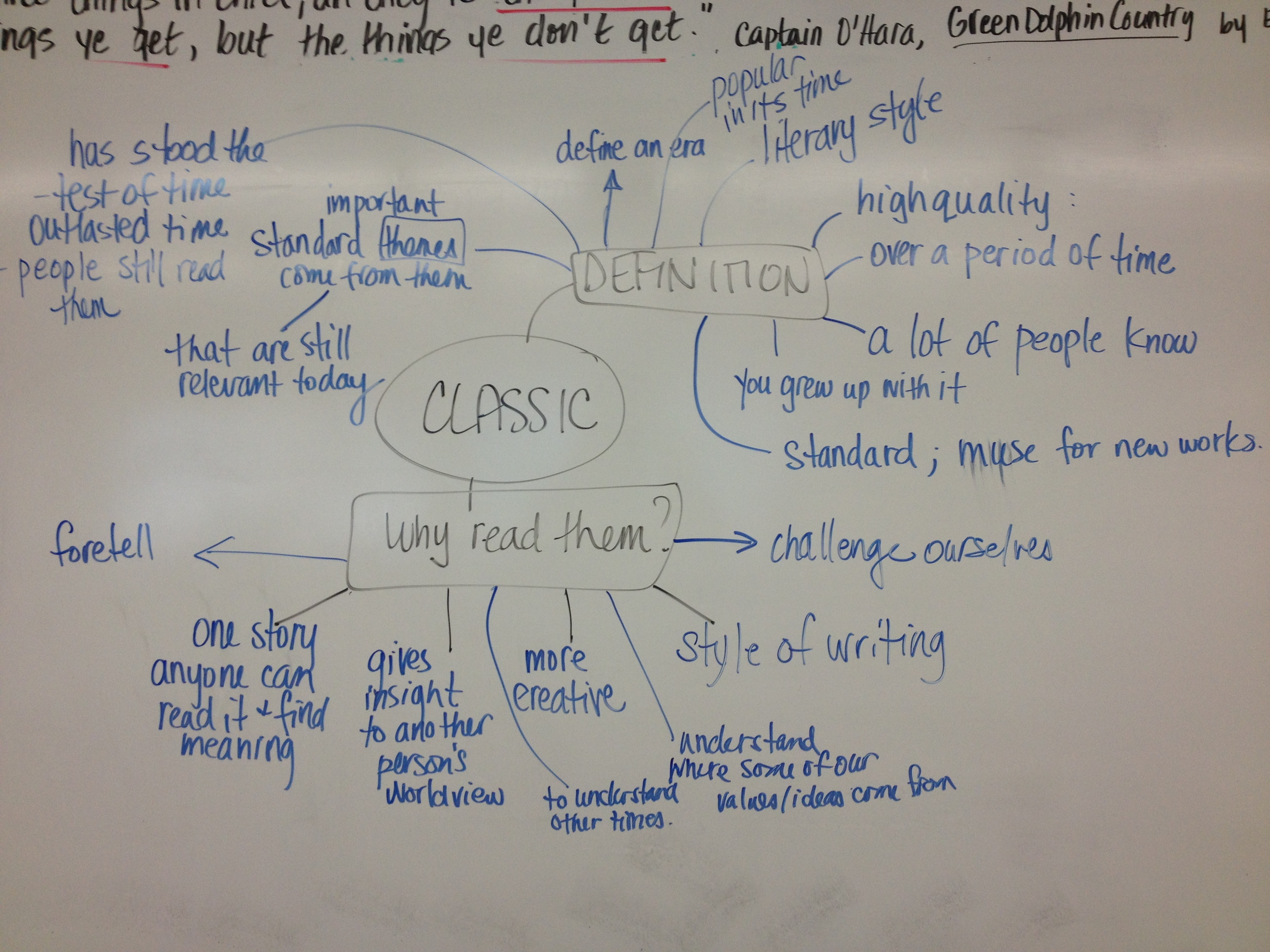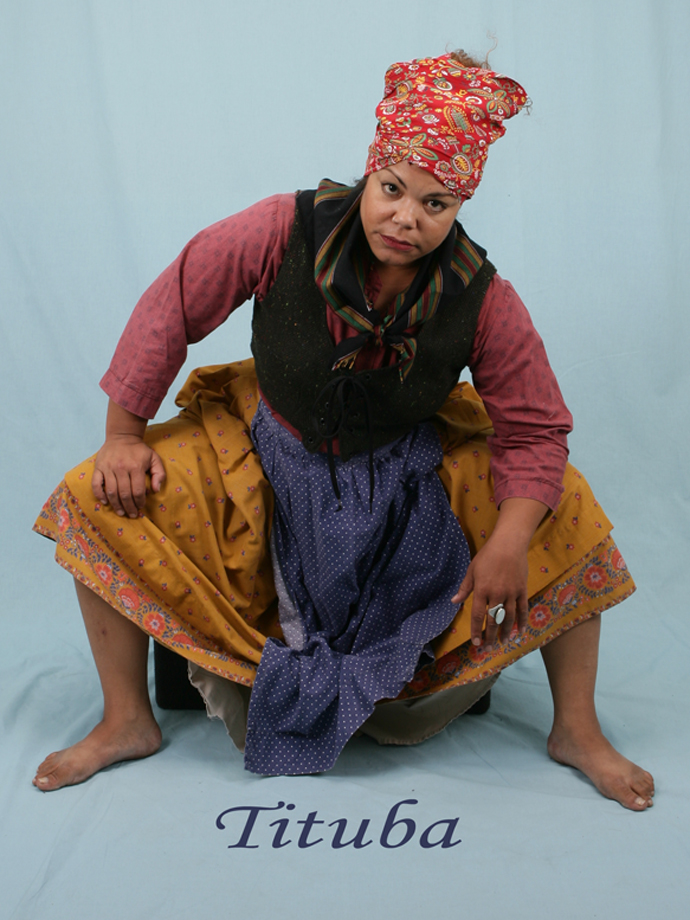

By early spring it was established not only that witches flew freely about Massachusetts, but that a diabolical conspiracy was afoot.

Others followed suit, because they suffered the effects of witchcraft, or because they had observed it, often decades in the past. In their distress the girls cried out against those they believed enchanted them they could see their tormentors perfectly. Their symptoms spread, initially within the community, ultimately well beyond its borders. After some hesitation, after much discussion, they were declared to be bewitched. They alternately interrupted sermons and fell mute, “their throats choked, their limbs wracked,” an observer noted. They contorted violently they complained of bites and pinches. Early in 1692, several young girls began to writhe and roar.

Few corners of American history have been as exhaustively or insistently explored as the nine months during which the Massachusetts Bay Colony grappled with our deadliest witchcraft epidemic.


 0 kommentar(er)
0 kommentar(er)
